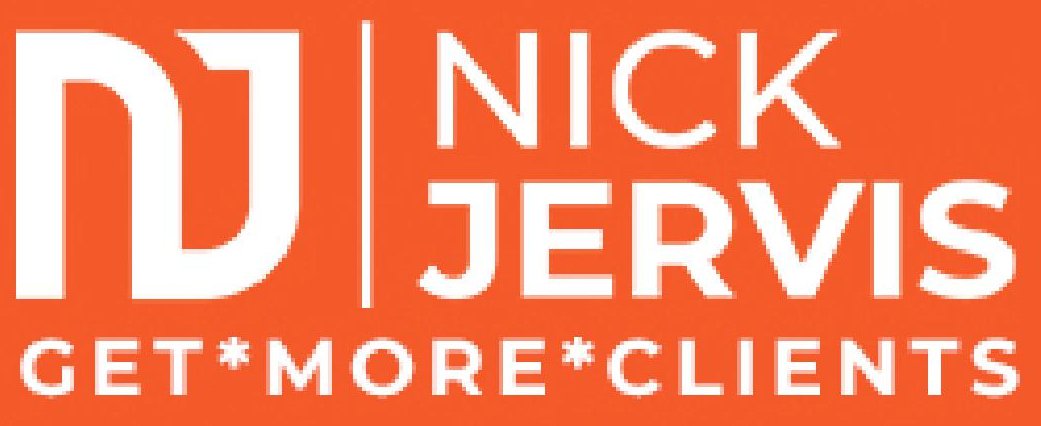 If you have decided to start a coaching business, what are the steps that you need to follow? Where do you start and what does it look like when you finish? As someone who has helped many coaches start a business, let me help by showing you “How to start a coaching business from scratch”.
If you have decided to start a coaching business, what are the steps that you need to follow? Where do you start and what does it look like when you finish? As someone who has helped many coaches start a business, let me help by showing you “How to start a coaching business from scratch”.
1. Choosing Your Business Name
The choice of your name is vital. It can scream out to your target audience making it incredibly powerful when they find you, or it can mean nothing and inspire no one.
You do not want the latter.
To ensure that you choose the right name, look at my “choosing a coaching business name” process. Although it is written for life coaching, it works for any coach or consulting business.
Once you have your business name, it is time to choose your domain name.
2. Your Domain Name
Now that you have a business name, it is time to choose your domain name.
Again, it is important to get this right.
Personally, my preference is always for a .com, .co.uk, .com.au or the other strong variations of your locality.
Whilst there are now millions of other domain name endings, I personally believe that it is much stronger to obtain a key domain name.
It sets out your store for your coaching business, so it is worth spending a little more to get it right.
3. Your Website
Now that you have your domain name, it is time to get your website up and running.
Even if your first clients are going to come from your existing audience when you start your coaching business (see winning your first coaching clients below), even if someone is going to refer people to you, anyone referred is going to want to check you out before making contact with you.
This is where your coaching website
is going to come into play.
Your website needs to:
- Showcase your expertise
- Detail your services
- Provide many ways for your prospective clients to get in touch with you, from instant methods such as telephone, email and enquiry forms, along with live chat plus ways for your prospects to sign up more passively to discover more about how you might be able to help them, such as ‘items of value’.
4. Your Email Address
Your email address must match your domain name for your website.
Far too many times I see someone start a coaching business and used a hotmail or a gmail address, but you shouldn’t do this for two reasons:
- It looks amateurish. Anyone can have a free email address. You need to look more professional.
- Every time you send a domain name from your own domain name, you are promoting your services to your recipients.
Set up your email address on your own domain name.
5. Winning Your First Coaching Clients
Now that you are ready to go, it is time to get your message out there and win some coaching clients.
- Set up your Google My Business listing completing as much information as possible. This will allow local clients to find you and as you collect referrals, will convert more of your enquiries into new clients.
- Ensure your LinkedIn profile is up to date.
Once you have done that, follow this marketing plan to win your new clients:
- Start adding 10 people a day who you already know. From old colleagues to employers, even people you went to college or university with. Your first coaching clients will always come from your existing network, so connecting with these people will fast track your success.
- Write a new article or blog post every week which answers the most common questions your ideal clients are typing into Google. Follow my SEO Steps Process to ensure that you optimise all of your new articles for Google so that the number of visitors to your website continues to grow.
- Add this article to your website and at the end of it ensure you invite readers to download your item of value to discover more about the topic. This will grow your email list.
- Email your growing list every week with a more personal version of the article that you have added to your blog. At the end of each email invite your readers to book a call with you for you to help solve more of their problems. This will naturally lead to conversations about working with you (no hard selling).
- Post a link back to your new article on LinkedIn, to get more people to your website and onto your email list.
- Rinse and repeat this process to grow to any size you want as many coaches and consultants have already done. Six figures and even seven figures is achievable if you follow this process. The difference between a six figure and a seven figure process is assets. Training courses that you create once and sell dozens of times, membership websites, live events and webinars, all of these move a coach from six to seven figures. I tell you this now so that you can see what the future can look like and enter this with your eyes wide open.
To discover more about getting to your first six figure coaching business year as soon as possible after you start, hit the button below to receive my free guide:

